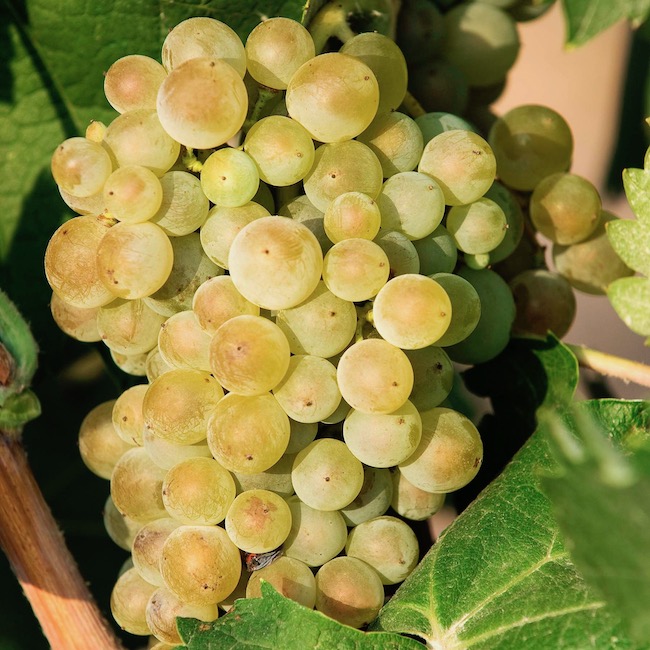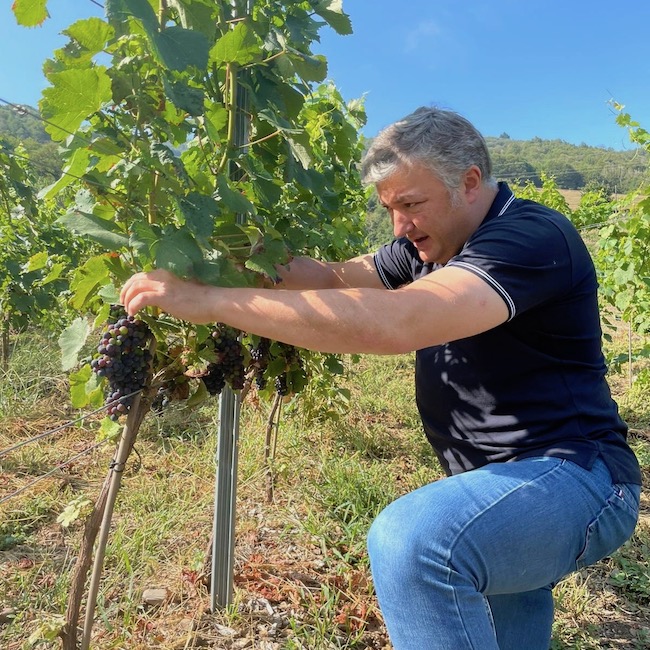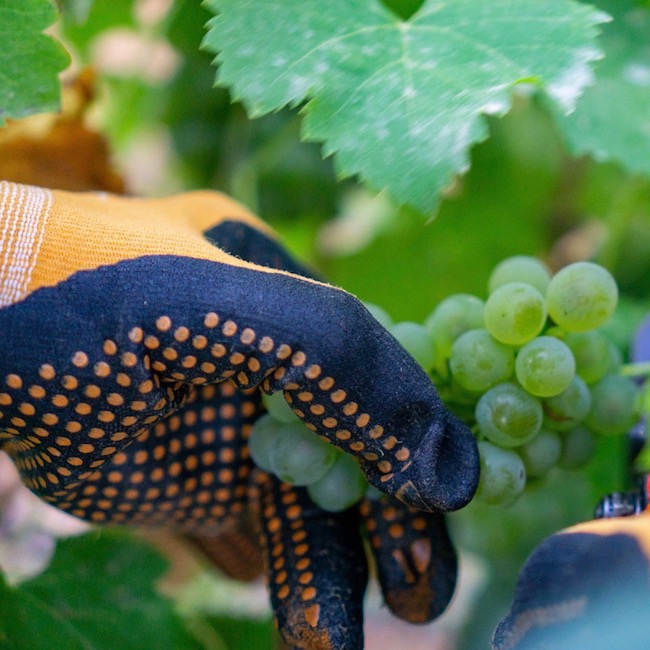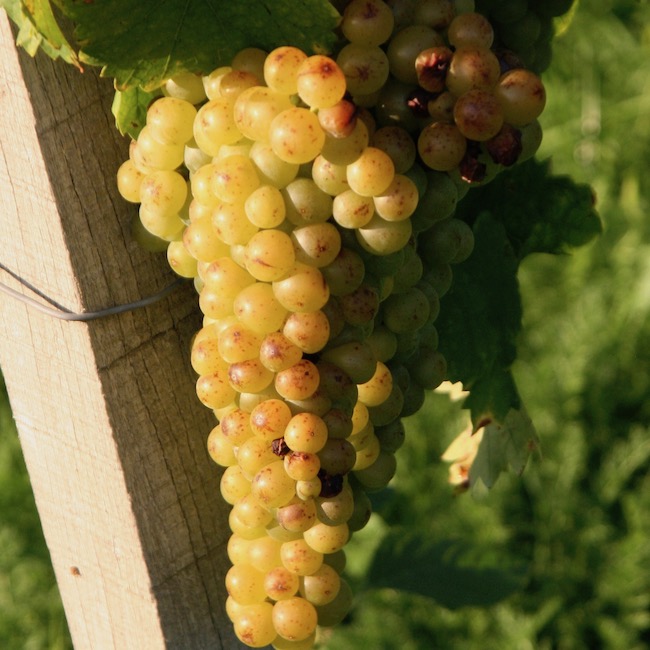.png.transform/rendition-xs/image_image%20(1).png)
Minority White Grapes: Beyond Verdejo and Albariño
Not all white wines are made from Albariño and Verdejo grapes. In the different Designations of Origin there are lesser-known varieties that passionate winegrowers are saving from extinction and oblivion. Let's take a look at some of them.
To start, let's consider The Beatles’ White Album (because it's also white). Of the 30 or so songs we can find on that double album, some are very well known, such as Ob-la-di ob-la-da and While my guitar gently weeps, while others are just gems that become favorites after we listen to them several times... The same is true of white grapes in Spain. Along with the extremely popular Albariño from Rias Baixas DO and Verdejo from Rueda DO, there are other lesser-known grapes that are increasingly making their presence known in different DOs, in search of curious consumers looking to try new things. It's impossible to list all of them, but below are a handful worth mentioning.

The scarce Picapoll
A little-known grape from a little-known Catalan DO, Pla del Bages: Picapoll is almost the quintessence of one of those grapes that are slowly beginning to claim a space on Spain's winemaking scene. Historically planted in central Catalonia, it's "a small grape with spots, or picadas," hence its name. It has a tough skin and is capable of providing structure, as Xarel-lo grapes would. "Aromatically, we could liken it to the elegant and mature complexity of a Viognier and at the same time to the citric and floral sensations of an Albariño," says Miquel Palau, oenologist at Abadal, a winery that has launched Abadal Picapoll, the first 100% Picapoll wine on the market. "It's a unique and elegant wine that stands out for its aromatic complexity; it combines citrus notes (pineapple, apricot) with floral notes and the nuances of the wooded environment that surrounds Abadal's vineyards (fennel, lavender, mint)," says Palau. Used in the past to make vermouth, its thick skin made it suitable for being turned into raisins and thus achieving natural dehydration without the risk of rotting. As well as in single-varietal wines, Abadal notes that this grape is also interesting in coupages, such as in their Abadal Nuat wine, made with Picapoll and a small percentage of Macabeo. Picapoll has gone from being practically in danger of extinction to becoming the leading white variety in the DO: "It's the result of research carried out on old vines that had been left in the area and an effort to recover them and enhance their value," Palau proudly states.

The heroic Albarín Blanco
Some people confuse it with Albariño because they practically share the same name. Albarín Blanco is an untamed grape with naturalness: it's the native white grape from Asturias, a region that is hardly recognized for its wine production. Siluvio Bodegas has a project in the Asturian region of Ibias, under Cangas VC, recently launching a white wine with Albarín Blanco. Lalo Méndez León, who owns the winery, defines Albarín Blanco as a grape "with personality due to its acidity and bitterness, with the result that it doesn't go unnoticed." Aromatically, it gives rise to whites with notes of spearmint, mint, dill, and freshly cut grass, with a citric touch at the end. "What Albarín Blanco has is that it is a grape that allows us to make wines with brutal aging potential. I have tasted wine made with this variety in 2015 and it is incredible how much they change over time. They are quite special," explains Méndez León, with the satisfaction of someone who holds a treasure in his hands.

Verdil, pure Mediterranean
Verdil is the main native white grape in the Clariano sub-zone of Valencia DO, between the regions of Vall d'Albaida and La Costera, and it's one of those native varieties that have been in the recovery process in recent years. "Just four wineries work with it and we are the only ones who make a white wine using only this grape," says Luis Corbí, from Bodega Clos Cor Ví. "It's a grape typical of the Mediterranean climate, with a very thin green skin, greenish-golden wines, which gives a very fruity aroma of pear and apple. It yields typical Mediterranean wines, without a lot of body or concentration, designed for drinking," he adds. At Clos Cor Ví, they use them in two different wines, both organic, demonstrating the grape's versatility. While Versat is a young wine, Corsalvatge plays with the maceration of the Verdil grapes along with their own skins and fermentation with yeasts to achieve a more complex wine with greater structure. "The result is a tastier wine and proof that Verdil grapes, like so many others in Spain, have been undervalued. However, there is increasing interest in the sector, which used to only care about the lesser-known red varieties and is now starting to look at the lesser-known white varieties, and that is a welcome change," the winemaker says.

Moscatel de Grano Menudo, so full of aromas
Sweet wines are not the most popular at the moment; this is one of those truths dictated by the market. And it's corroborated by Kepa Sagastizábal, technical director of Bodegas Marco Real of Navarra DO. However, among the varieties they work with is one that we tend to associate with sweet wines: Moscatel. The difference is that theirs is the small-grain variety. "It's a very characteristic variety because of its aromas: the must smells almost like the wine is going to smell. It has been present in Navarre since 1700 and it offers is a tremendous aroma," Sagastizábal says. Due to a lack of love for sweet wines, at Marco Real they use these small-grain grapes to create their semi-sweet Blanco Roto, with the peculiarity of adding Syrah, a red grape vinified as if it were a white one. The result is a moderate 10% ABV wine to which the small-grain Muscat grapes add "an aromatic explosion on the nose with notes of citrus and white flowers. It is a very grateful variety with a nice acidity and which helps us promote the good qualities of a grape which can be used to make much more than just sweet wines," says Sagastizábal.

